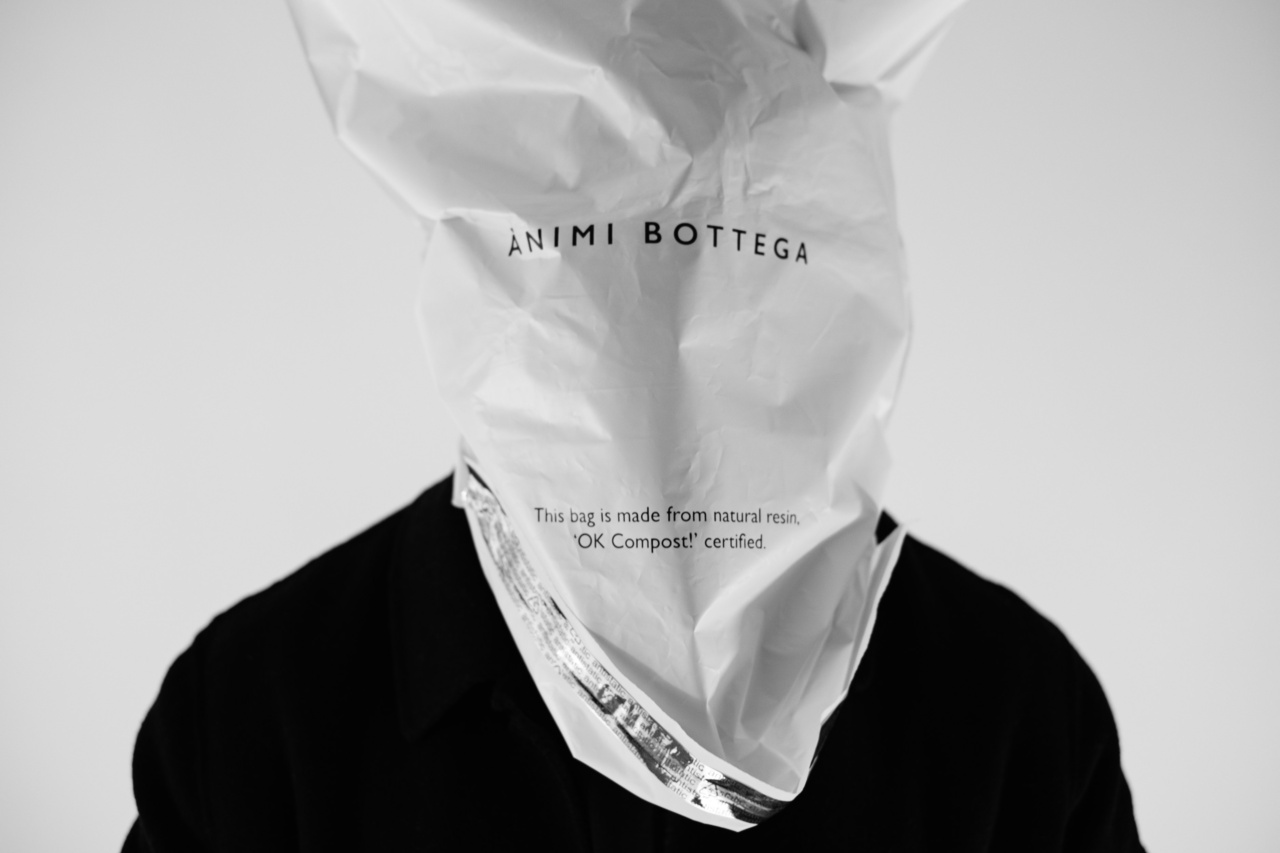Wrinkles are an inevitable part of the aging process that affect everyone at some point in their lives. While they may be seen as a sign of wisdom and experience, many individuals strive to maintain smooth and youthful-looking skin.
Understanding the science behind wrinkles can provide valuable insights into their formation and potential preventive measures.
The Structure of Skin
In order to comprehend the science behind wrinkles, it is crucial to first understand the structure of the skin. The skin is composed of three main layers: the epidermis, dermis, and hypodermis.
The epidermis is the outermost layer and acts as a protective barrier, while the dermis provides support and elasticity. The hypodermis consists of fat and connective tissues, providing insulation and acting as a cushioning layer.
Elastin and Collagen
Two essential proteins that contribute to the skin’s structure and appearance are elastin and collagen. Elastin is responsible for the skin’s elasticity, allowing it to stretch and then retract back to its original shape.
Collagen, on the other hand, provides strength and support to the skin. These proteins work together to maintain the skin’s firmness and smoothness.
The Role of Aging
As the aging process progresses, the production of elastin and collagen in the body naturally decreases.
This reduction in production is primarily driven by genetic factors, lifestyle choices, and external environmental factors such as exposure to sunlight and pollutants. The decline in elastin and collagen results in a loss of elasticity and strength, leading to the formation of wrinkles and fine lines.
Sun Exposure and UV Radiation
One of the key external factors that contribute to wrinkles is prolonged exposure to the sun’s UV radiation. The ultraviolet (UV) rays emitted by the sun penetrate the skin layers, causing damage to the elastin and collagen fibers.
This damage weakens the skin’s structural integrity and accelerates the formation of wrinkles.
Smoking and Wrinkles
Smoking is another major contributor to the development of wrinkles. The chemicals present in cigarette smoke restrict blood flow to the skin, leading to a reduction in the delivery of essential nutrients and oxygen.
This deprivation compromises the skin’s ability to repair itself, resulting in accelerated aging and the formation of wrinkles. Additionally, repetitive facial expressions made while smoking, such as pursing the lips, can also contribute to the formation of fine lines and wrinkles.
Free Radicals and Oxidative Stress
Free radicals are unstable molecules that are produced in the body as a byproduct of various metabolic processes. They are also generated in response to environmental factors such as pollution, cigarette smoke, and UV radiation.
When there is an excess of free radicals due to increased exposure or decreased antioxidant defense mechanisms, it leads to a state of oxidative stress. This stress damages the skin cells and accelerates the breakdown of elastin and collagen, contributing to the formation of wrinkles.
The Importance of Hydration
Hydration plays a vital role in maintaining healthy skin and preventing wrinkles. When the skin is adequately hydrated, it appears plump and smooth. On the other hand, dehydrated skin becomes dry and loses its elasticity, making wrinkles more noticeable.
It is crucial to drink an adequate amount of water and use moisturizers that help retain moisture within the skin.
Protective Measures and Skincare
While it is impossible to completely prevent wrinkles, several protective measures can be taken to minimize their appearance. Regularly applying sunscreen with a high SPF can protect the skin from harmful UV radiation.
Wearing protective clothing, such as hats and sunglasses, can further shield the skin from the sun’s rays. Avoiding excessive sun exposure, quitting smoking, and maintaining a healthy lifestyle can also help slow down the formation of wrinkles.
Aside from preventive measures, incorporating a skincare routine focused on wrinkle reduction is essential.
Using anti-aging products containing retinol, hyaluronic acid, and antioxidants can help stimulate collagen production, improve skin elasticity, and reduce the appearance of wrinkles. It is vital to choose products that are suitable for one’s skin type and concerns.
Professional Treatments
For individuals seeking more immediate and significant results, various professional treatments are available to address wrinkles. Examples include botox injections, dermal fillers, chemical peels, microdermabrasion, and laser resurfacing.
These treatments work by targeting specific areas of concern, stimulating collagen production, and promoting skin rejuvenation.
Lifestyle Considerations
In addition to skincare and professional treatments, certain lifestyle considerations can play a role in minimizing wrinkles.
These include getting an adequate amount of sleep, managing stress levels, following a balanced diet rich in antioxidants and essential nutrients, and avoiding excessive alcohol consumption and prolonged periods of repetitive facial movements.
The Emotional Impact of Wrinkles
While wrinkles are a natural part of the aging process, they can have a significant emotional impact on individuals. Society often associates youthfulness with beauty and vitality, creating societal pressure to maintain a youthful appearance.
Accepting and embracing the aging process can help cultivate self-confidence and positive body image, reducing the emotional distress associated with wrinkles.
Conclusion
Wrinkles are an inevitable part of life, influenced by both intrinsic and extrinsic factors.
Understanding the science behind wrinkles enables individuals to make informed decisions about their skincare routines, lifestyle choices, and professional treatments. While prevention is not always possible, adopting proactive measures can help minimize the appearance of wrinkles and promote overall skin health, resulting in a positive impact on emotional well-being.



























